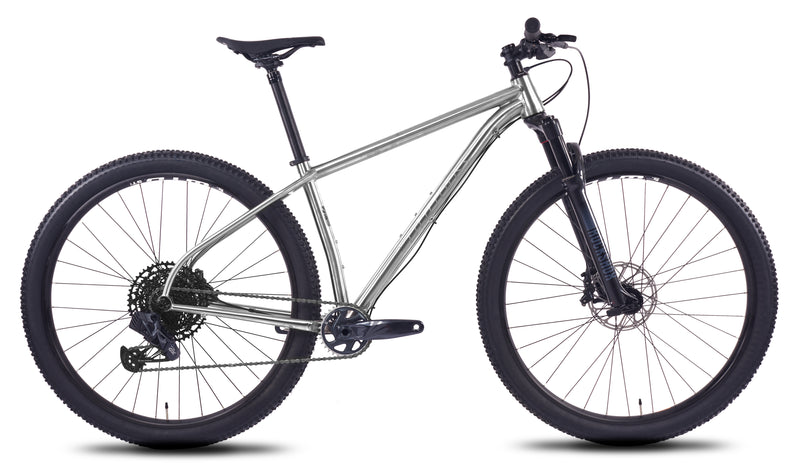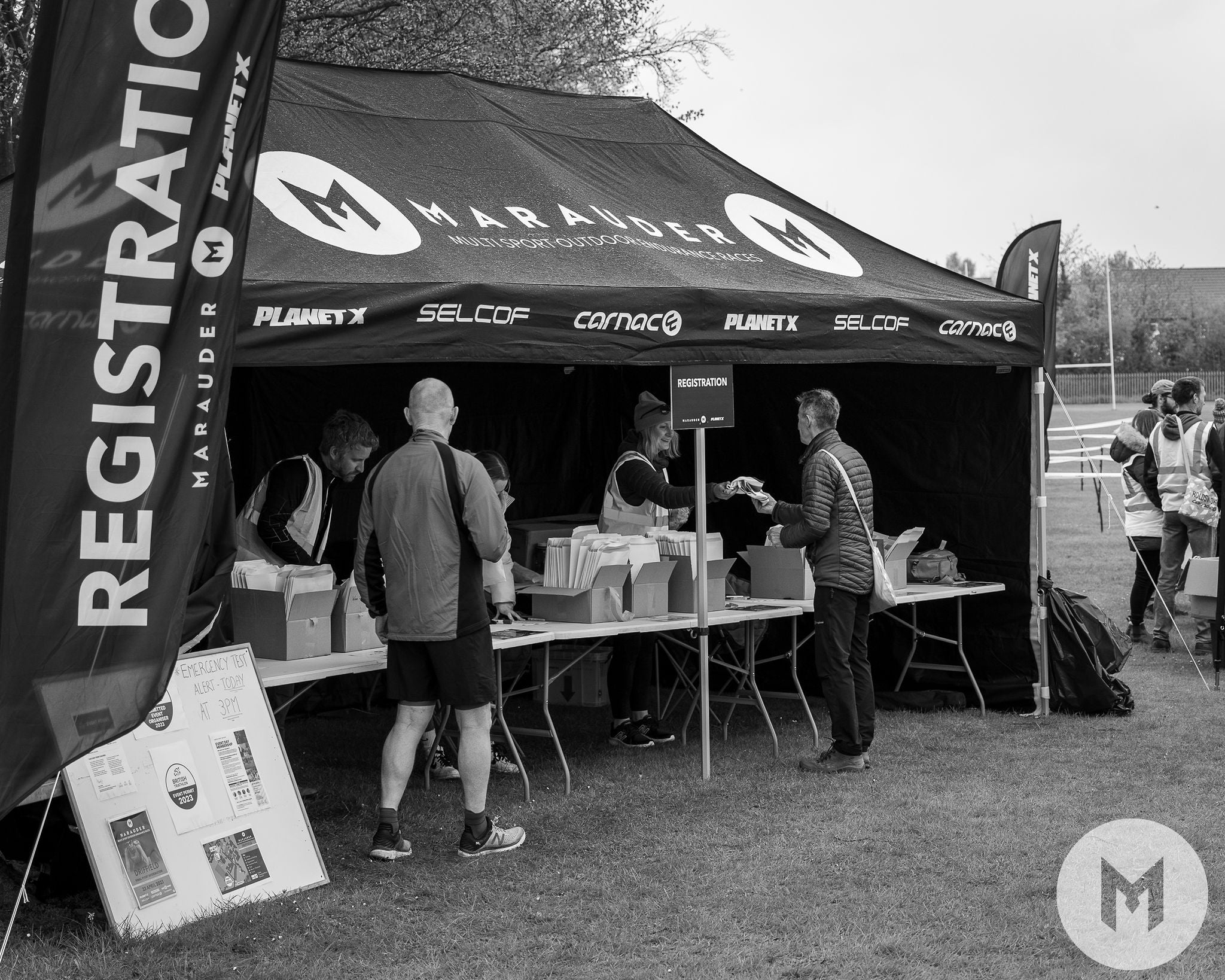How to drink while cycling
11 May 2023

Regardless of whether it’s a tough training session, challenging sportive or a multi-day racing event, it’s paramount that you make sure you’re hydrated during every ride you take. If not, you could compromise your performance, which can cause setbacks in your training goals and even prolong your recovery process.
Just like understanding how to eat while cycling, it’s important that you’re clued up when it comes to riding and hydration, and how the two go hand in hand when it comes to your riding ability and overall health.
Keep reading to find out more about how much water to drink during your rides, what you should drink and more.
How much water to drink while cycling
Before we explain how much water you should drink while cycling, it’s worth highlighting the importance of staying suitably hydrated on a daily basis. By making sure that you’re well hydrated day to day, you will find it easier to maintain your optimal hydration level when you’re in the saddle.
Ideally, you should try to drink two to three litres of fluids each day, regardless of whether you’re riding or not. You don’t necessarily need to stick to plain water either - fruit, vegetables, juices, sports drinks and even tea and coffee all count towards your daily fluid intake too.
If you’ve been keeping up with your daily fluid intake, it’s not necessary to drink excessively the evening before or in the hours leading up to a ride or race. Instead, sip on 500 to 750ml of an electrolyte drink two hours beforehand.
So, how much should you drink during your ride? The truth is, this can be different for every type of rider, so it’s all about finding what’s right for you. You can work out what your water intake should be by carrying out a 60-minute sweat test.
Start by weighing yourself in the nude and note down your weight. Ideally, you should be well hydrated at this point. Next, head out for your ride like you would normally for 60 minutes - but make sure you don’t drink anything at all. When you get home, remove your cycling clothing, use a towel to wipe away any sweat and weigh yourself again, making a note of the number. The difference between your pre-ride and post-ride weight in grams will amount to how much fluid you’ve lost in millilitres. This will then help you work out how much water you need to drink during your next ride.
Of course, these results can vary depending on a range of factors, including weather conditions and the intensity of your ride. With this in mind, it might be useful to perform several 60-minute sweat tests to obtain a selection of readings.
Generally speaking, most riders find that they typically lose between 500 and 1,000ml per hour. If you find that your fluid loss sits somewhere towards the upper end of this range, it’s not always necessary or practical to try and replace it all. Instead, you should aim for about 75%.
Ideally, you should be taking several sips from your bottle every 10 to 15 minutes, starting from when your ride begins and continuing until it ends. You should be careful to not wait until you feel thirsty, but drink little and often for the duration.
Although you should make sure you’re suitably hydrated while you’re in the saddle, it’s important to not drink too much water. Especially if you’re not taking on enough electrolytes, you could end up diluting and impacting your body’s fluid balance. As a result, you may feel bloated and notice a dip in your riding performance. In more extreme cases, you may become unwell and experience hyponatremia - a condition whereby the sodium levels in the blood drop below normal. This can affect the body’s fluid balance, blood pressure control, nerves and muscles.
How to carry water while cycling
You can’t expect to stay hydrated while cycling unless you have quick and easy access to your drinks. The good news is, there are several different storage solutions that will enable you to keep your fluids to hand when you need them most - such as a bottle cage.
Simple and lightweight in design, a bottle cage will keep your water bottle safe and within arm’s reach so that you can rehydrate whenever you need to. This convenient accessory will also keep your bottle secure, even when you’re travelling over rough and rocky terrains. Generally speaking, bottle cages are most commonly attached to the top side of the frame’s downtube. Some riders prefer to mount their bottle cage on the front side of the seat tube.
Alternatively, you could use a cockpit bag. This accessory offers a convenient place to store your drinks, giving you direct, one-handed access at all times. In fact, it can be used to store a range of your other ride essentials too, such as your ride snacks, gels and smartphone. Especially ideal for bikepacking trips, these fabric storage bags are designed to attach via straps to the frame’s top tube and head tube, or to the top tube and seat tube.
What to drink while cycling
If your ride lasts for 60 minutes or less, sticking to water is fine. However, if you’re planning on heading out for a much longer ride, or in particularly hot conditions, it’s a good idea to add electrolytes.
Electrolytes are salts which include potassium, sodium, magnesium and calcium. Essential for normal cellular function, electrolytes are lost when you sweat, and they have to be replenished. Most sports drinks contain the correct balance of electrolytes, and it’s also possible to purchase effervescent electrolyte tablets which are designed to dissolve in plain water.











